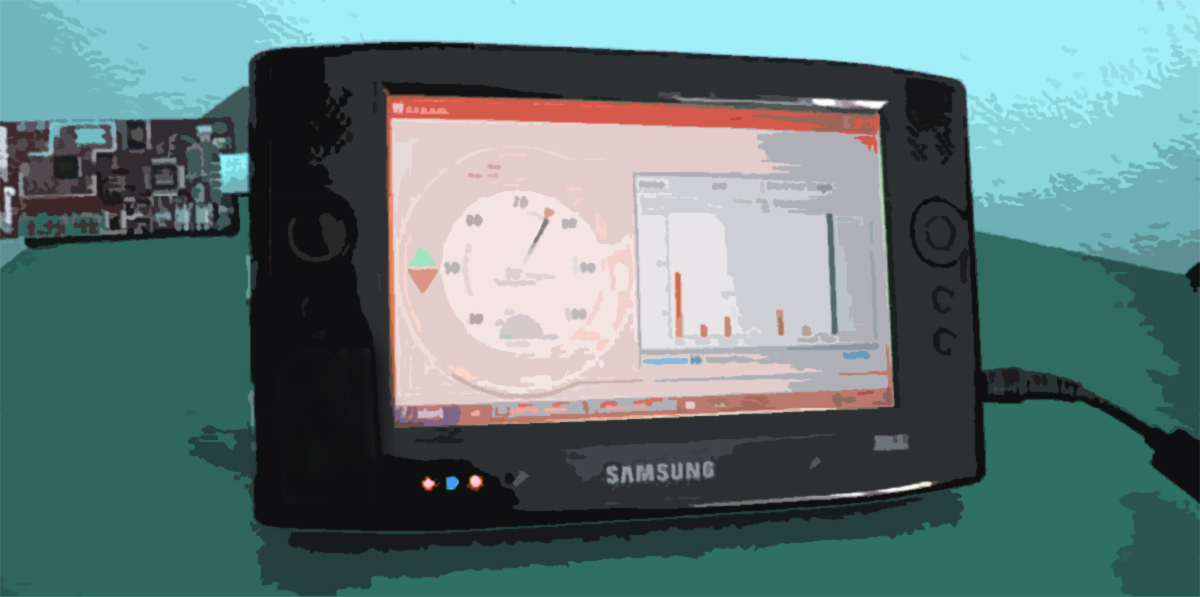Developing technology for tomorrow’s dynamic electricity-pricing systems
Status: Completed
Project Objective
Develop the technology needed to enable “demand responsive” (DR) systems that will allow for real-time pricing of electricity. Develop and test components including real-time electricity meters, thermostats, and control devices for use in typical California homes.
Project Results
Our team created a system that reads real-time varying price signals, and automatically adjusts the house’s space-conditioning equipment to best manage the trade-offs between cost and comfort. The system was capable of advising occupants about when to use appliances (such as washers) or devices (such as shades) that cannot be automatically controlled. The devices were field tested in a full-scale test house located near the Berkeley campus.
This work has led to advanced building monitoring and actuation technologies, including the development of sensing motes and open source software.
Significance to Industry
The real cost of electrical production varies greatly with its constantly changing demand. During times of high demand load, typically during summer afternoons, the cost of production may be as much as ten times higher than when loads are lowest. However, residential energy users currently have little incentive to reduce energy use during high load times, and the high cost of peak energy production must be averaged among consumers.
The state of California is currently developing DR technologies that will allow for real-time pricing of electricity. This will enable utilities to charge rates that reflect the real cost of electricity production. Consumers will be able to save money if their electrical usage can respond to this real-time pricing. In addition, if residential buildings become demand responsive, California’s electricity supply and distribution system could become much more efficient and reliable. To develop this demand responsive capability, homes will have to be equipped with a new generation of electric meters, thermostats, and control devices.
Research Approach
The project is a collaboration between faculty and students in the departments of Mechanical Engineering, Electrical Engineering, Computer Science, and Architecture, and four UC Berkeley research groups: the Center for the Built Environment (CBE), Berkeley Wireless Research Center (BWRC), Berkeley Sensor and Actuator Center (BSAC), and theIntel Research Laboratory at Berkeley.
The DR system as envisioned would build on several of the latest wireless technologies currently in development at UC Berkeley, including miniature “motes” that consist of small sensors combined with wireless transmitters and independent power sources. These motes would be located throughout the house to communicate with heating and air conditioning systems, lights and other building systems. Additional motes could collect and transmit information on temperature, light levels, and other variables.
Publications and Reports
Arens, E., et.al, 2007. Demand Response Enabling Technology Development, Phase II Report from the Thermostat/Controls Group, December 2005 – December 2007. Report to CEC Public Interest Energy Research (PIER) Program, Center for the Built Environment, University of California, Berkeley, December. http://escholarship.org/uc/item/5tw6f01n
Brown, C., 2007. Multizone Register Controlled Residential Heating: Optimized for Energy Use and Comfort. Master’s Thesis, Dept. of Architecture, University of California, Berkeley. http://escholarship.org/uc/item/5j1996rn
Do, A., W. Burke, D. Auslander, R. White, and P. Wright, 2007. Technical Review of Residential Programmable Communication Thermostat Implementation for Title 24-2008. Draft Report Version 0.1, Center for Environmental Design Research, University of California, November. https://cbe.berkeley.edu/wp-content/uploads/2018/08/10.pdf
Arens, E., et. al., 2006. Demand Response Enabling Technology Development, Phase I Report: June 2003-November 2005, Overview and Reports from the Four Project Groups. Report to CEC Public Interest Energy Research (PIER) Program, Center for the Built Environment, University of California, Berkeley. April, 108 pp. http://escholarship.org/uc/item/0971h43j

